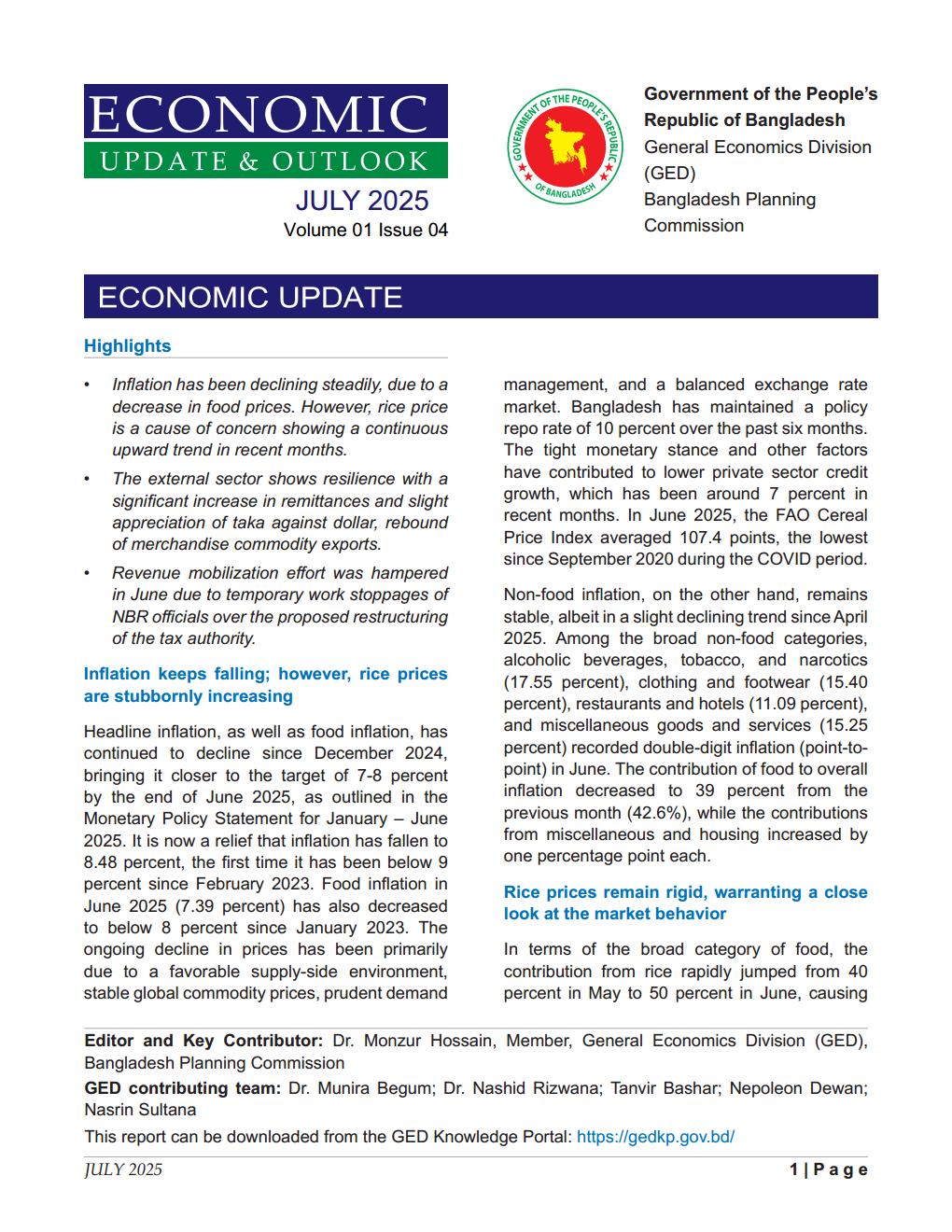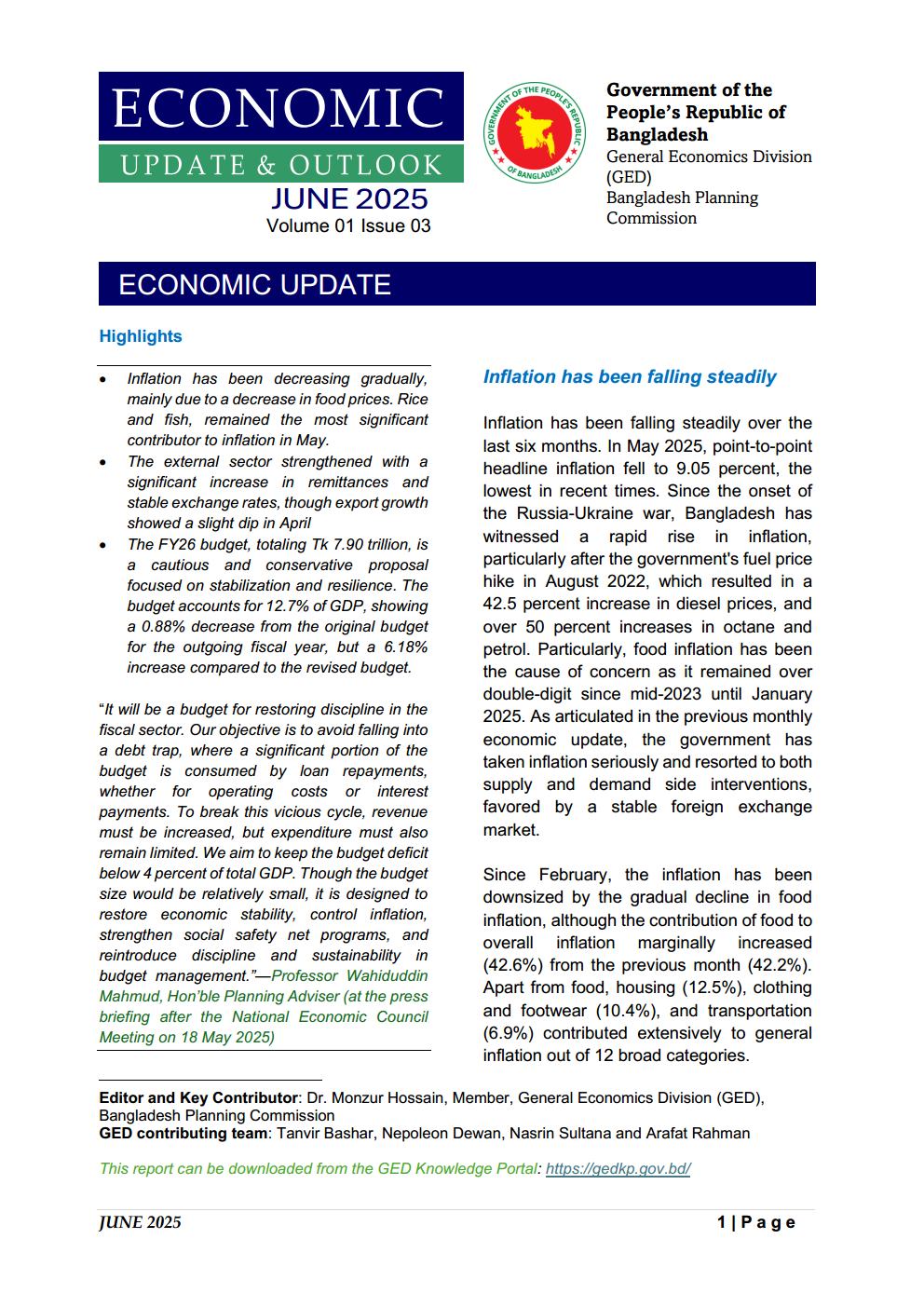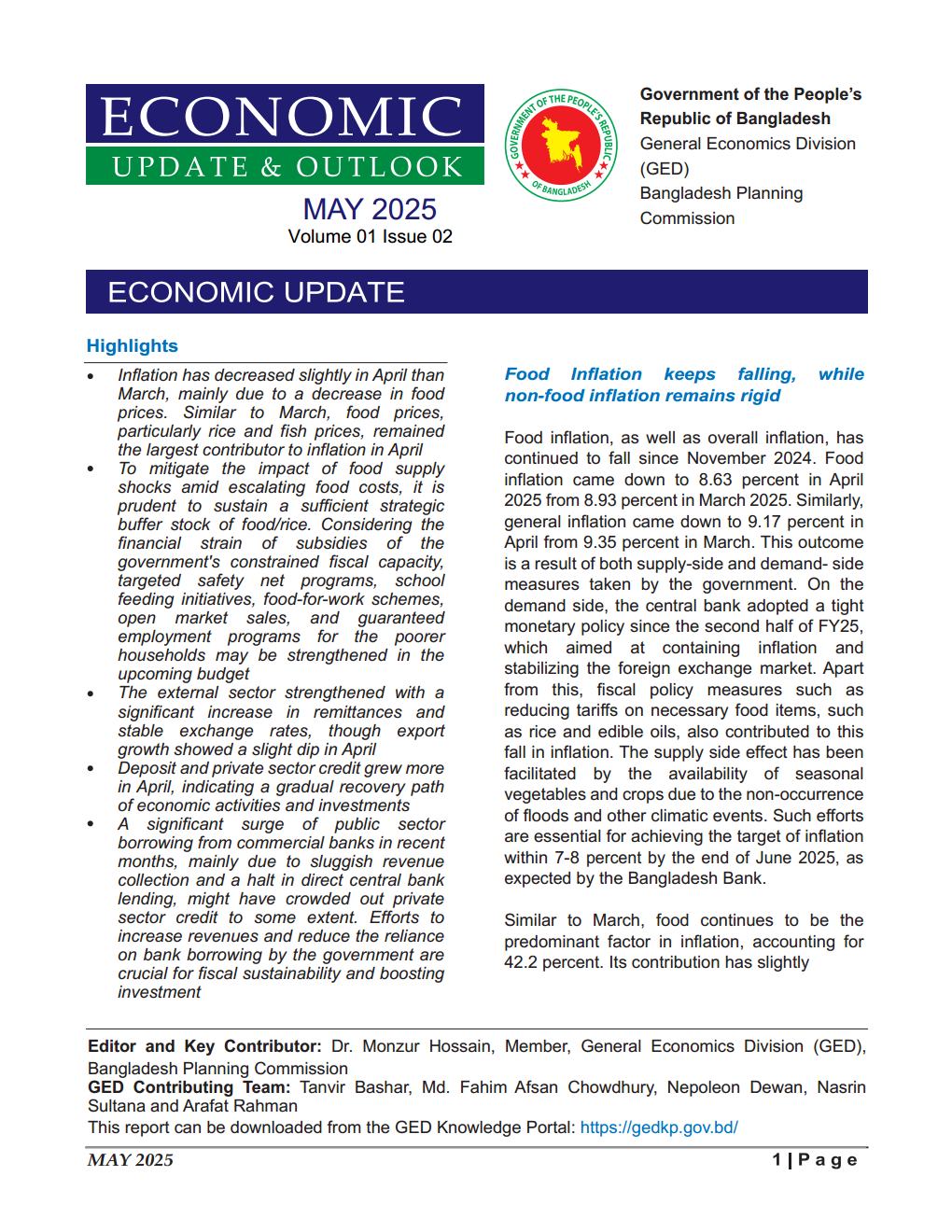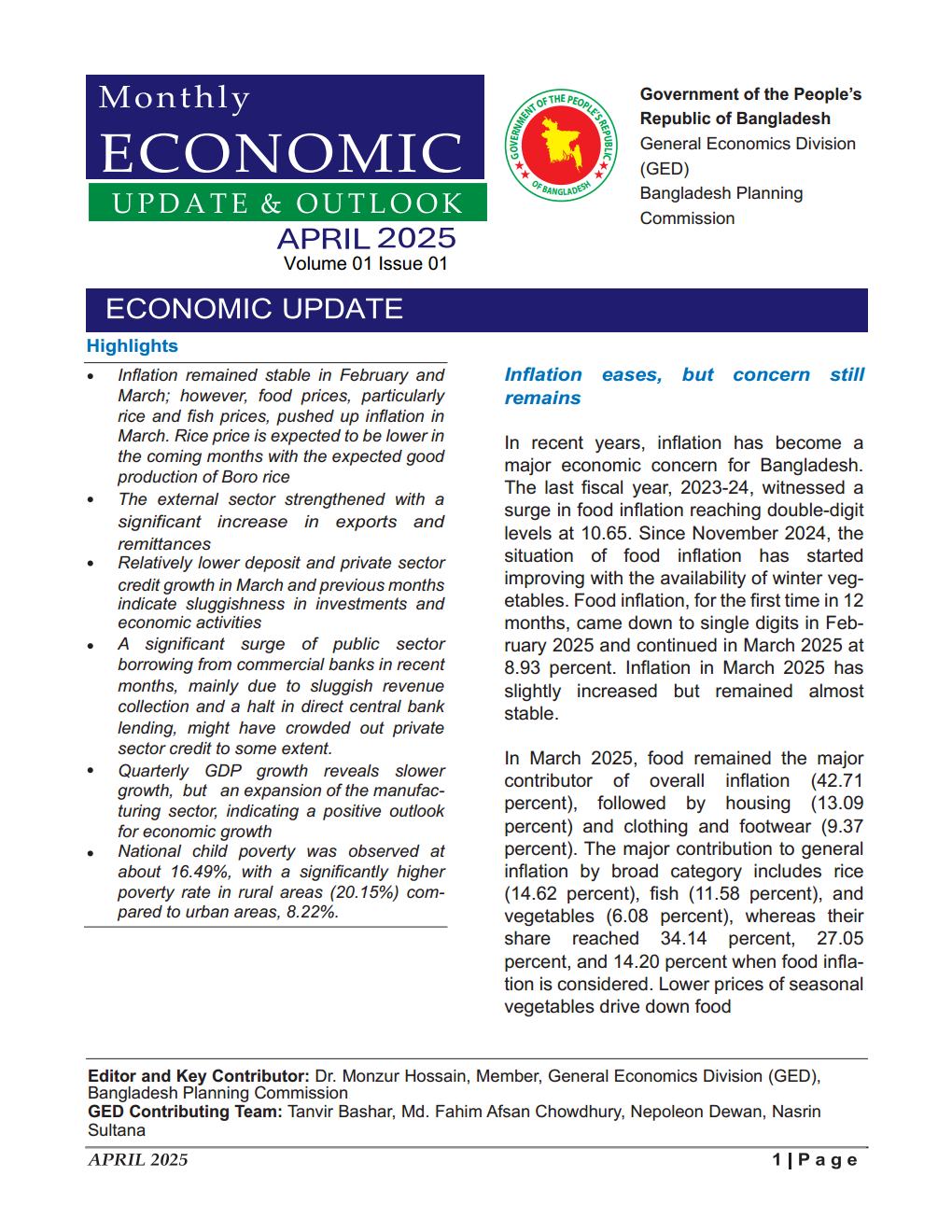Found 158 Results From
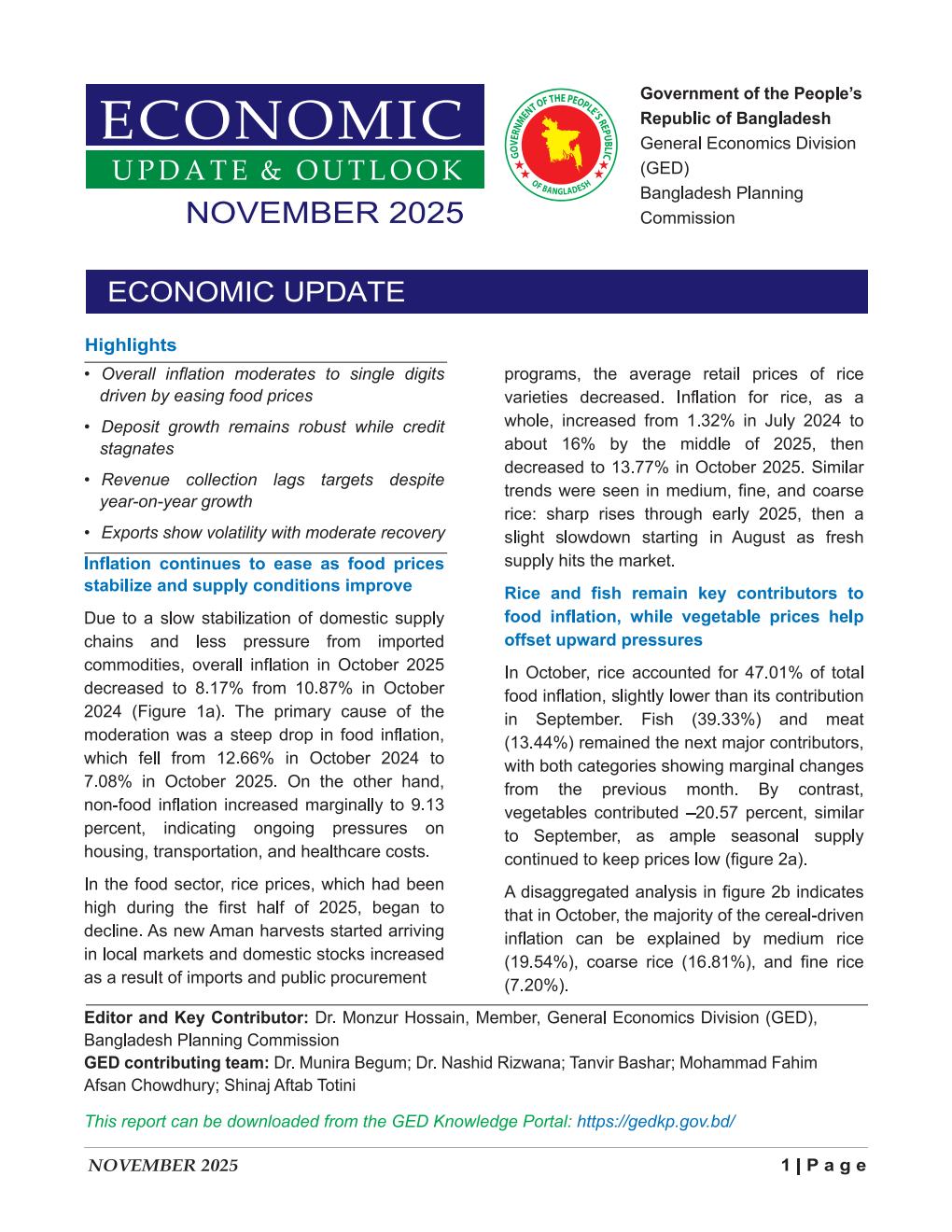
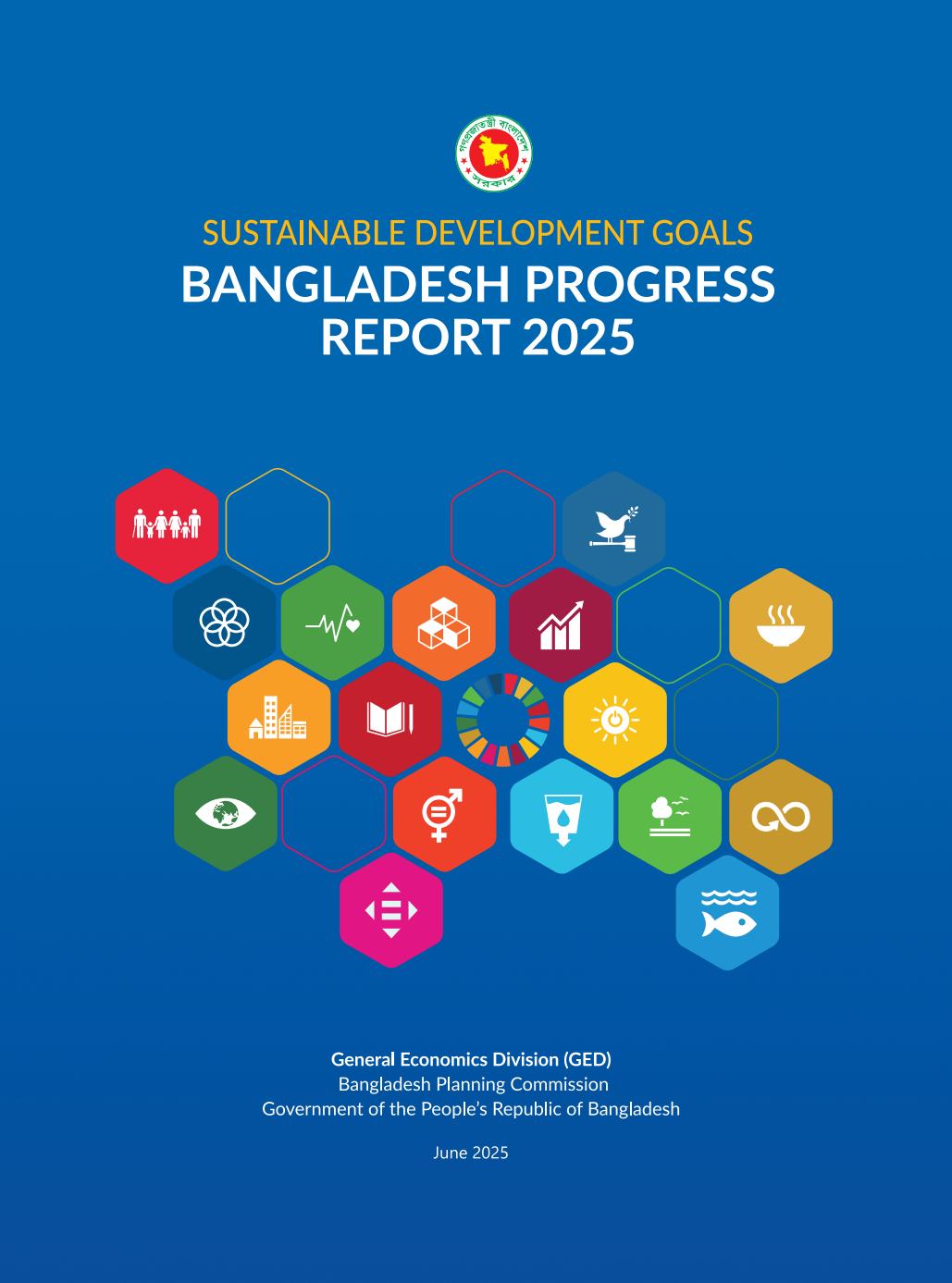
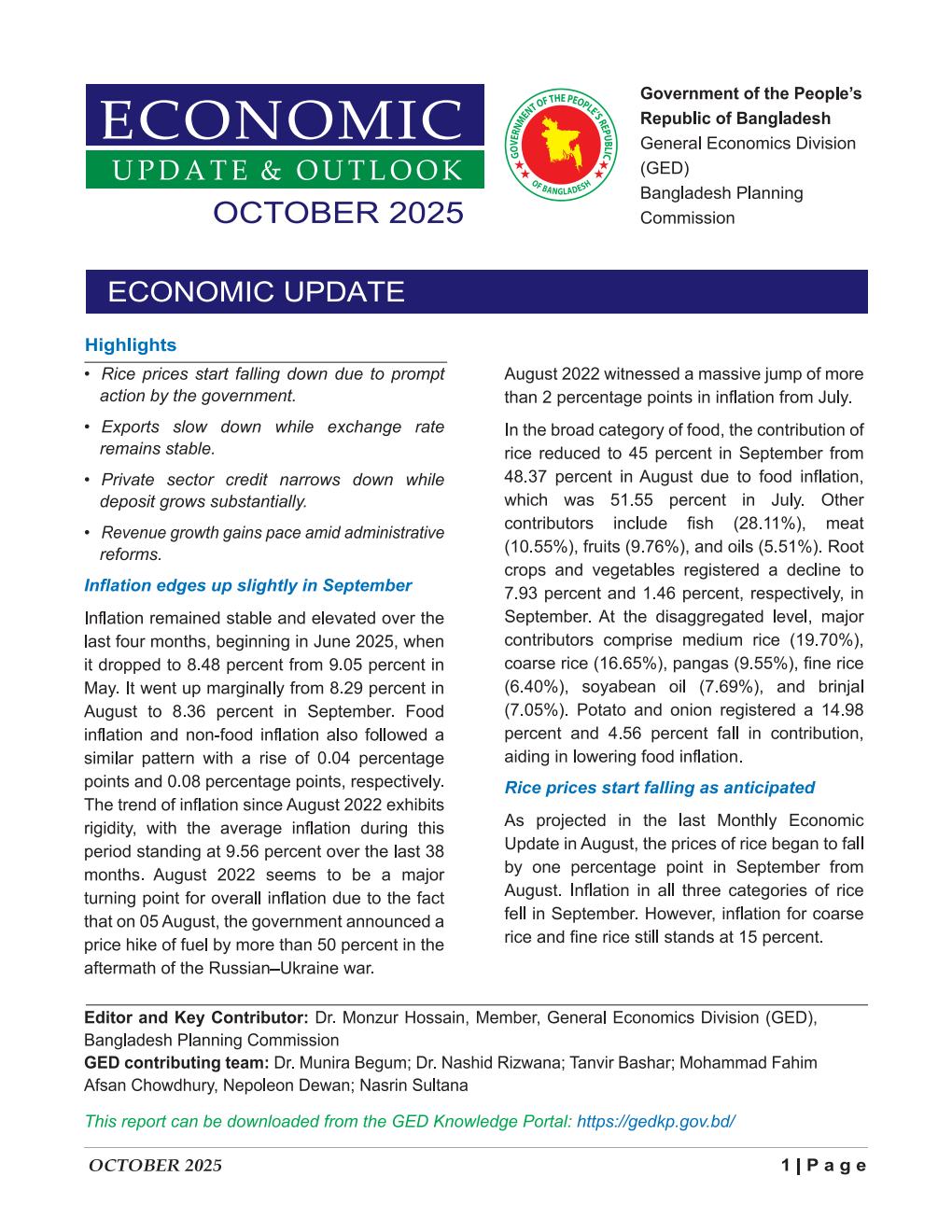
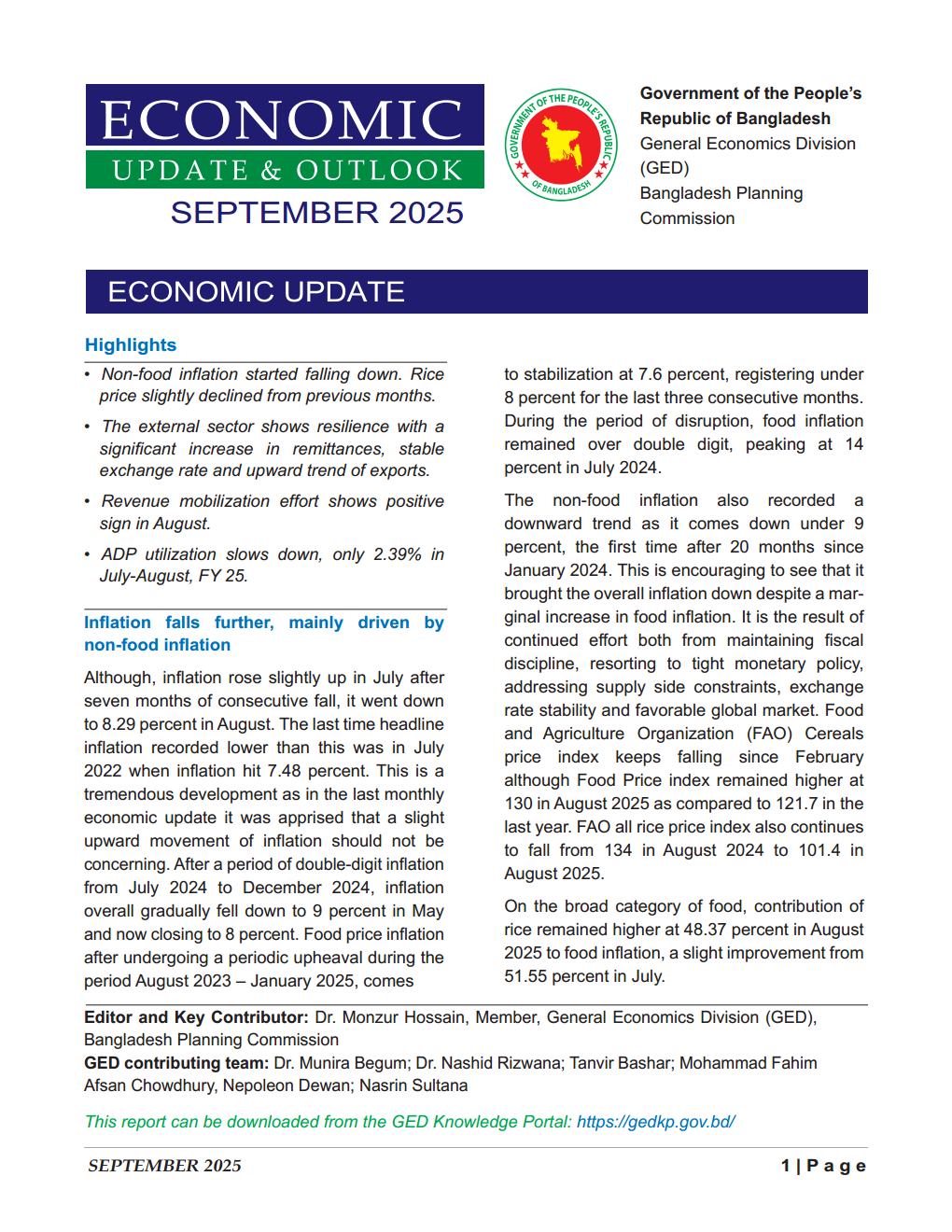
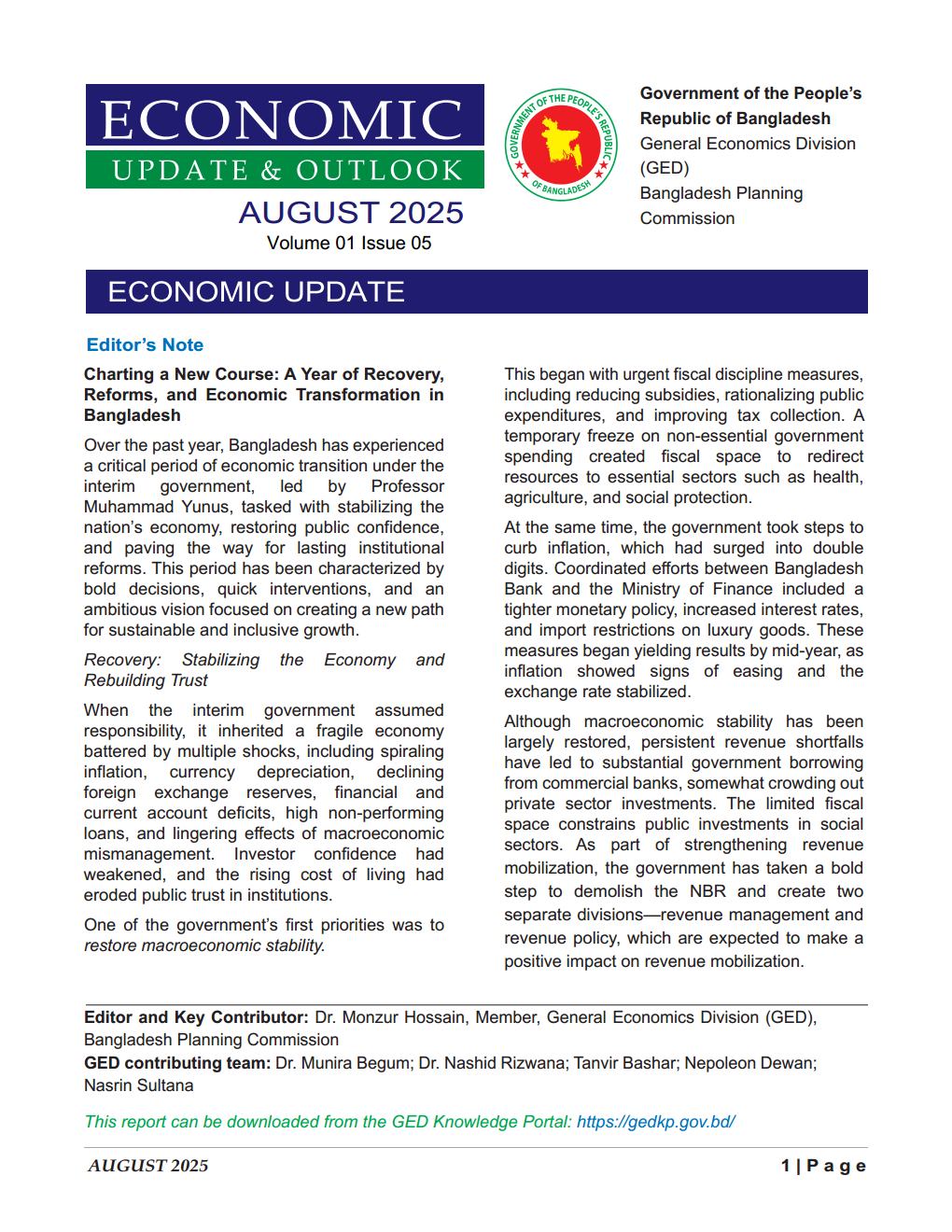

Policy Brief: National Multidimensional Poverty Index for Bangladesh
 July 31, 2025
July 31, 2025 The National MPI, estimated for the first time, offers a holistic perspective on multidimensional poverty in Bangladesh, enabling assessments at the national, divisional, and district levels. This MPI represents the Multidimensional Poverty for Bangladesh in 2019. The MPI can thus be an additional indicator of poverty estimates. In the Agenda 2030, target 1.2 of SDG Goal 1 has clearly articulated the importance of multidimensionality in measuring poverty. By considering multiple dimensions of poverty, namely health, education, and living standards, the MPI provides a comprehensive framework to identify and address the specific deprivations faced by different groups within a society.
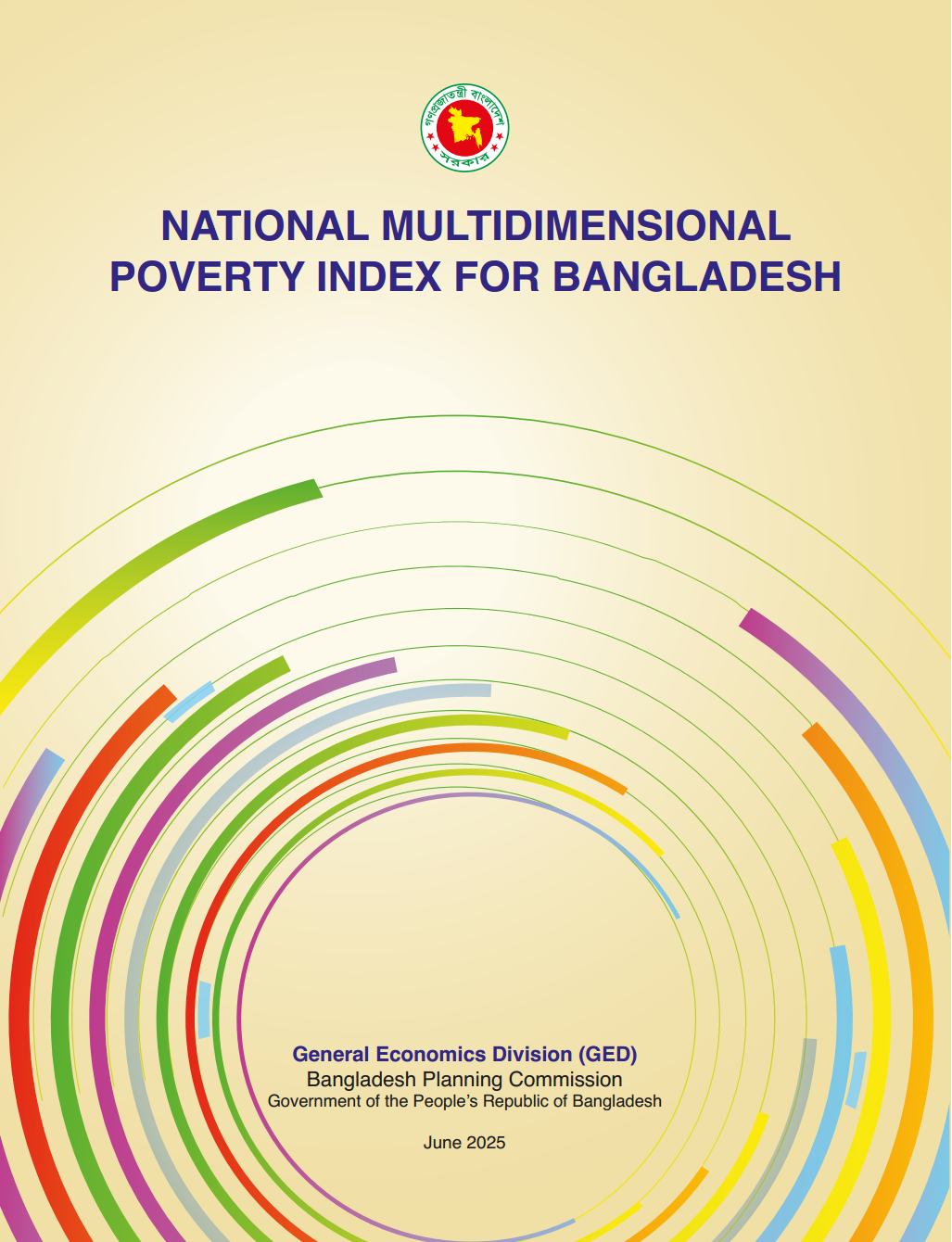
National Multidimensional Poverty Index for Bangladesh
 July 31, 2025
July 31, 2025 The National MPI, estimated for the first time, offers a holistic perspective on multidimensional poverty in Bangladesh, enabling assessments at the national, divisional, and district levels. This MPI represents the Multidimensional Poverty for Bangladesh in 2019. The MPI can thus be an additional indicator of poverty estimates. In the Agenda 2030, target 1.2 of SDG Goal 1 has clearly articulated the importance of multidimensionality in measuring poverty. By considering multiple dimensions of poverty, namely health, education, and living standards, the MPI provides a comprehensive framework to identify and address the specific deprivations faced by different groups within a society.

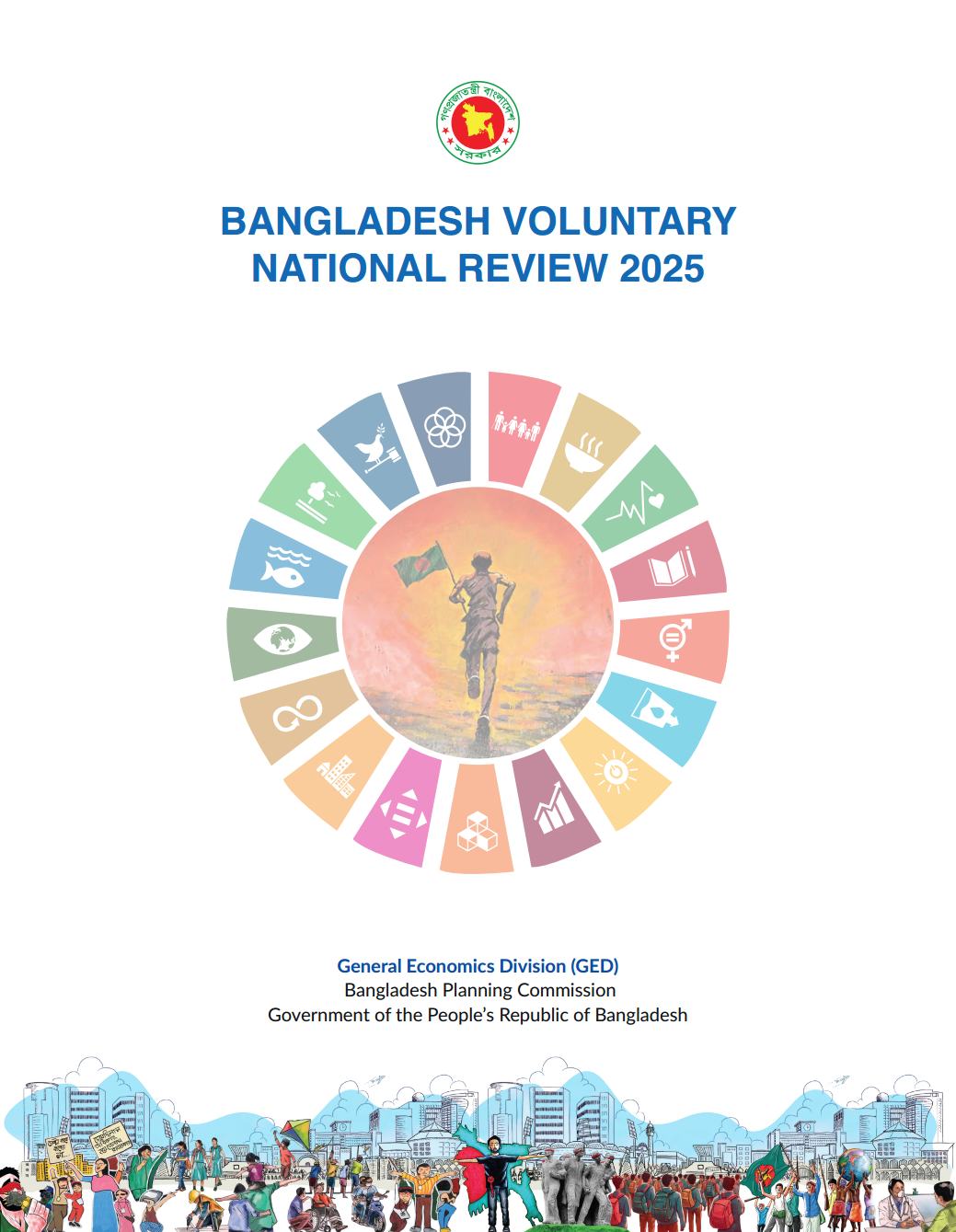
BANGLADESH VOLUNTARY NATIONAL REVIEW 2025
 July 14, 2025
July 14, 2025 The country’s progress towards accomplishing the Sustainable Development Goals (SDGs) is detailed in Bangladesh’s Voluntary National Review (VNR) 2025. The report, prepared during a period of institutional and political changes, demonstrates the country’s renewed and steadfast commitment to advancing the 2030 Agenda through evidence-based policymaking, inclusive governance, and participatory development. The VNR 2025 highlights the advancements, challenges, and significant changes that have taken place in the past few years.
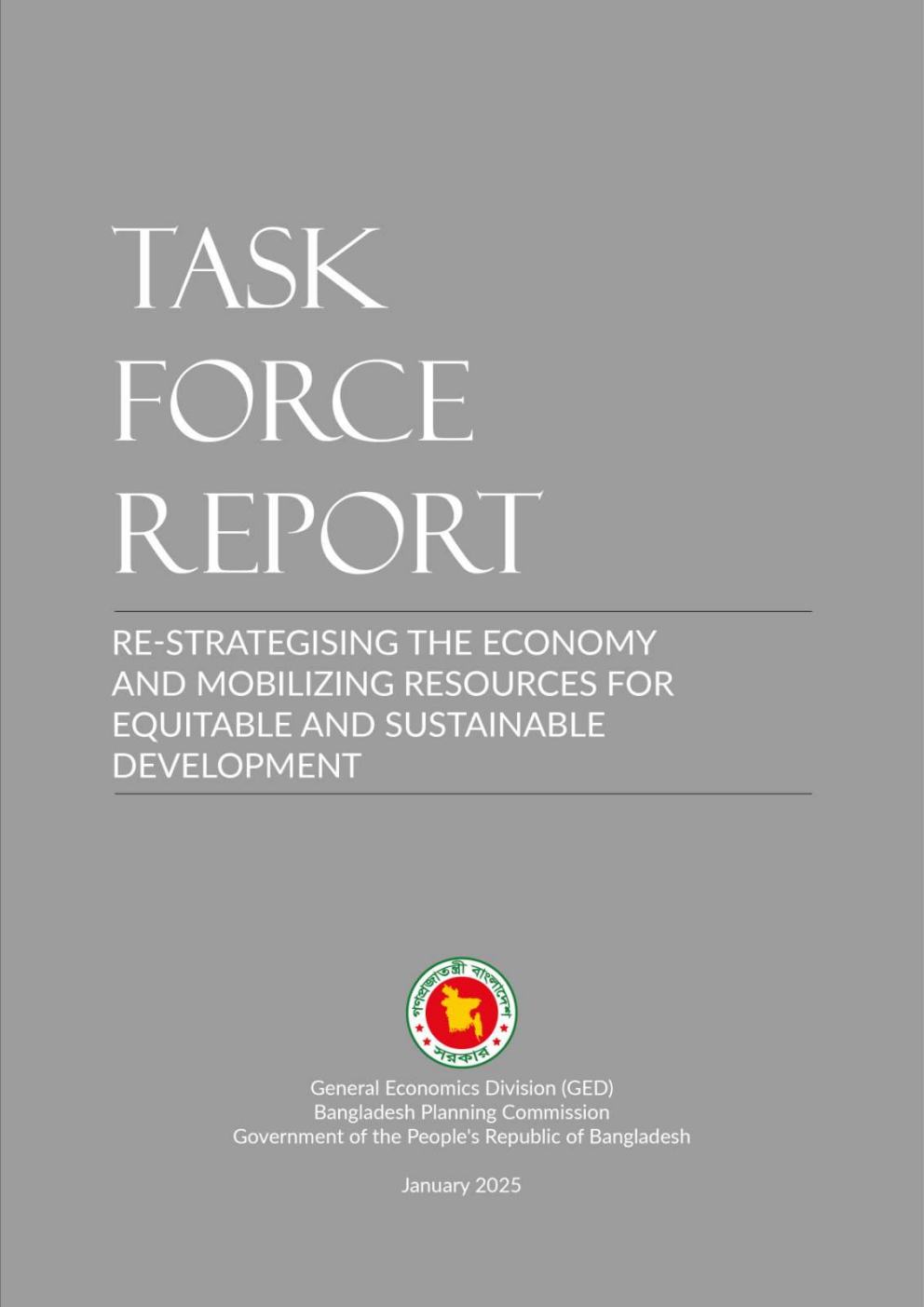

THE FIRST FIVE YEAR PLAN 1973-78
 December 15, 2024
December 15, 2024 The "First Five Year Plan 1973-78" refers to the initial national development plan implemented in Bangladesh following its independence, focusing on a socialist development policy with the primary goals of accelerating economic growth, poverty alleviation, and employment generation through human resource development, all within the timeframe of 1973 to 1978; it aimed to achieve a balanced approach between public and private sector involvement in the economy while prioritizing agriculture and basic infrastructure development.
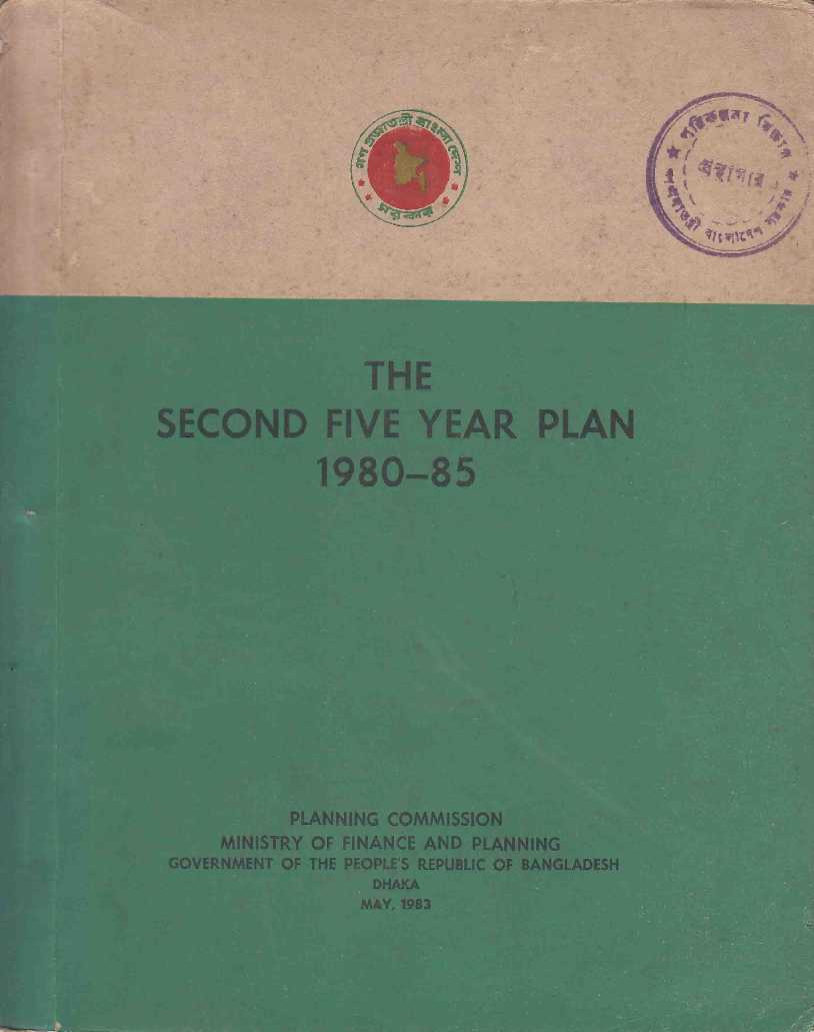
THE SECOND FIVE YEAR PLAN (1980-85) Part-2
 December 15, 2024
December 15, 2024
The Second Five Year Plan of Bangladesh, spanning from 1980 to 1985, was a crucial economic development strategy focused on accelerating agricultural growth, diversifying the export base, and improving basic infrastructure, aiming to stabilize the post-liberation economy while dealing with challenges like natural disasters and limited resource availability. Key aspects of the Second Five Year Plan:
- Agricultural Emphasis:Prioritized increasing food production through improved irrigation facilities, promotion of high-yielding varieties, and expanding rural credit access.
- Industrial Diversification:Sought to move beyond traditional jute exports by developing new industries like textiles, leather goods, and light engineering to boost export earnings.
- Infrastructure Development:Focused on improving transportation networks by expanding roads, waterways, and power generation capacity to facilitate economic activity.
- Social Sector Focus:Included programs for primary education, healthcare, and family planning to improve human capital development.
Challenges faced during the Second Five Year Plan:
- Frequent Natural Disasters:Frequent floods and cyclones disrupted development efforts and required significant resources for relief and rehabilitation.
- Foreign Aid Dependency:The plan heavily relied on foreign aid, which was susceptible to fluctuations in donor commitments.
- Political Instability:Political turmoil during the period could have impacted policy implementation and investment decisions.
Overall, the Second Five Year Plan aimed to lay the foundation for a more robust and diversified Bangladeshi economy, but its progress was hindered by external factors like natural disasters and fluctuating foreign aid.

THE SECOND FIVE YEAR PLAN (1980-85) Part-1
 December 15, 2024
December 15, 2024
The Second Five Year Plan of Bangladesh, spanning from 1980 to 1985, was a crucial economic development strategy focused on accelerating agricultural growth, diversifying the export base, and improving basic infrastructure, aiming to stabilize the post-liberation economy while dealing with challenges like natural disasters and limited resource availability. Key aspects of the Second Five Year Plan:
- Agricultural Emphasis:Prioritized increasing food production through improved irrigation facilities, promotion of high-yielding varieties, and expanding rural credit access.
- Industrial Diversification:Sought to move beyond traditional jute exports by developing new industries like textiles, leather goods, and light engineering to boost export earnings.
- Infrastructure Development:Focused on improving transportation networks by expanding roads, waterways, and power generation capacity to facilitate economic activity.
- Social Sector Focus:Included programs for primary education, healthcare, and family planning to improve human capital development.
Challenges faced during the Second Five Year Plan:
- Frequent Natural Disasters:Frequent floods and cyclones disrupted development efforts and required significant resources for relief and rehabilitation.
- Foreign Aid Dependency:The plan heavily relied on foreign aid, which was susceptible to fluctuations in donor commitments.
- Political Instability:Political turmoil during the period could have impacted policy implementation and investment decisions.
Overall, the Second Five Year Plan aimed to lay the foundation for a more robust and diversified Bangladeshi economy, but its progress was hindered by external factors like natural disasters and fluctuating foreign aid.
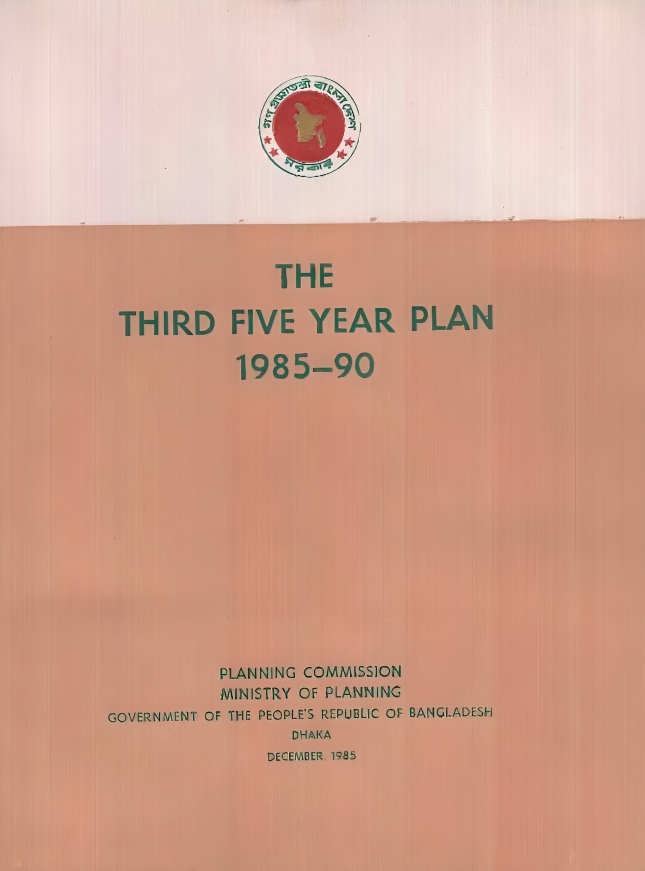
THE THIRD FIVE YEAR PLAN 1985-90
 December 15, 2024
December 15, 2024 The "Third Five Year Plan 1985-90" refers to a national development plan implemented in Bangladesh during the period between 1985 and 1990, focusing on economic and social development across various sectors like industry, agriculture, infrastructure, and education, aiming to improve the country's overall living standards during that timeframe.
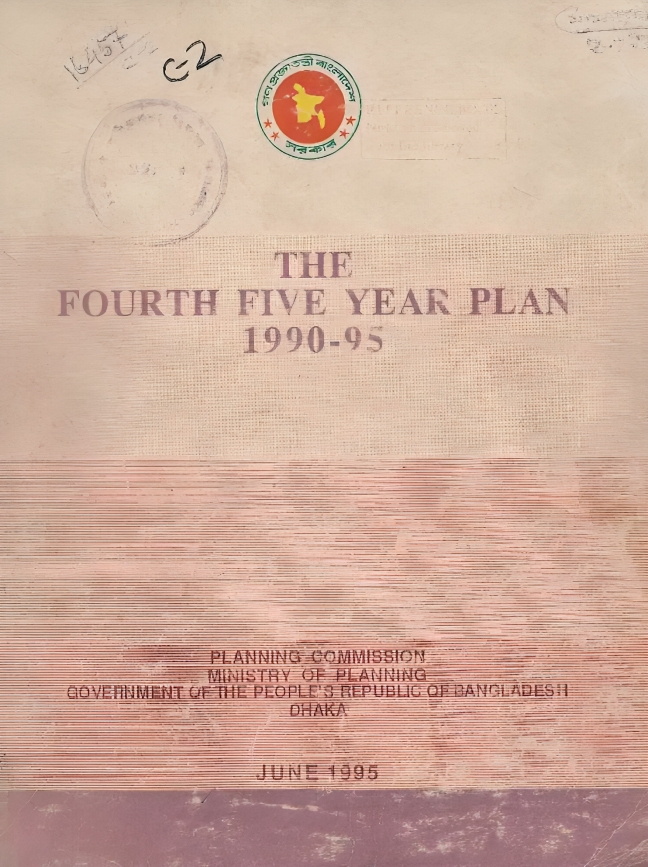
THE FOURTH FIVE YEAR PLAN 1990-95
 December 15, 2024
December 15, 2024 The Fourth Five Year Plan, 1990-95 was a plan by the Government of Bangladesh to focus on poverty alleviation, human resources development, and environmental sustainability. The plan was launched in July 1990 but was not formally approved until June 1995. The plan's main objectives were: Economic growth: To achieve an annual GDP growth rate of 5% Poverty alleviation: To generate employment through human resources development Self-reliance: To increase self-reliance The plan's allocations were: Public sector: Tk. 347 billion (56%) Private sector: Tk. 273 billion (44%) Part-1



